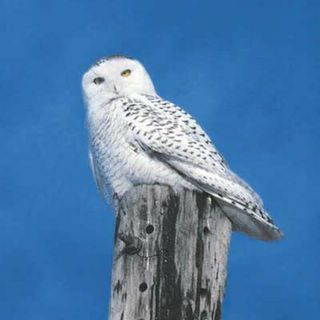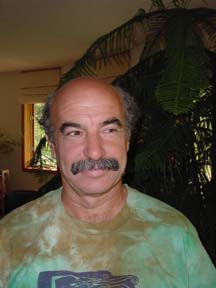I still had all of Iowa to cross to be in place for the next morning’s goal, which was a visit to Union Slough National Wildlife Refuge, and then drive trough the agricultural area looking for Gray Partridge. It’s another nemesis that I’ve searched for in five states. The drive north was uneventful, a fair headwind picking up, and driving the gas mileage down. Just north of Clear Lake on Interstate 35, the rest area said parking only, no restrooms, and a few semis parked. This time when I crawled in the back I started with both bags, and had a long good sleep, waking about five. It as cold, but it wasn’t until I got out for my morning relief that I realized the wind was doing thirty plus mph. I checked the thermometer in the cab, which had dropped to six degrees, maybe 3 or 4 outside. That put the chill factor somewhere around twenty below zero, where as they say “exposed flesh freezes easily”. Damn cold standing in the wind, so I didn’t. The truck started easily, which hadn’t been the case the day before, but I’d applied some gas line antifreeze and dryer. Waiting for the engine to warm, which took awhile, I continued the previous evening’s meal of summer sausage, cheese, and crackers. The Thermos with it’s precious coffee was frozen shut, but after ten minutes as the cab began to warm it yielded to my desperate twisting. Off to Union Slough in the dark, about an hours drive.
I was watching for the slough along one stretch of road, and finally identified it and pulled over in a turnout The familiar Blue Goose signs that mark the boundaries of Refuges was on a post, along with “No Parking” and “No Vehicles”. So I parked my vehicle just outside and sat in the wind and cold waiting for dawn. When it came ‘twas a dreary spectacle of blowing snow, bent over trembling dead grass, and not a single bird moving in twenty minutes. I studied the map, and figured that the office must be on the next county road south, so I backed out and headed back. Pleasant surprise that the office was only two hundred yards up the road, and the staff was just arriving for work. The receptionist unlocked the door and we had twenty minutes of good conversation, but the refuge tour road had been closed by drifting snow, and anyway the biologist said I had a better chance of finding the Partridge, and also Snow Buntings, in the roadside ditches along the ag fields. The Partridges gleaned corn left by the harvest, and might be anywhere. For the next hundred plus miles I scanned the ditches and fields as I drove looking for provocative football or basketball sized lumps in the snow. Never found a Partridge. Successfully IDed several trash bags and large dirt clods after precipitous stops. I did start to see small flocks of small birds, which turned out to be Horned Larks. By that time I was in Minnesota, but still a long way from Duluth, where my friend Sparky Stensaas lived. I would search through the flocks looking for a Lapland Longspur, they often travel together, but no luck. After about five flock stops, a different flock caught my eye, with its scintillating flashes of black and white. Another sudden stop, they were heading away, grab binocs, leap onto roadside, grimace from the windy cold, but was able to follow them quite a ways across a stubble field, where more birds joined, making about forty in all. I was sure they were
Snow Buntings, but since I had never seen them before and I couldn’t study a sitting individual, there were immediate doubts. Study of the illustrations in the field guides made me more uncertain, and I started to suspect more Horned Larks. I’d only driven about three minutes when I spotted another flock of Larks. Totally different, no flashing white, and my doubts were settled. Another lifer, also BVD unfortunately.










